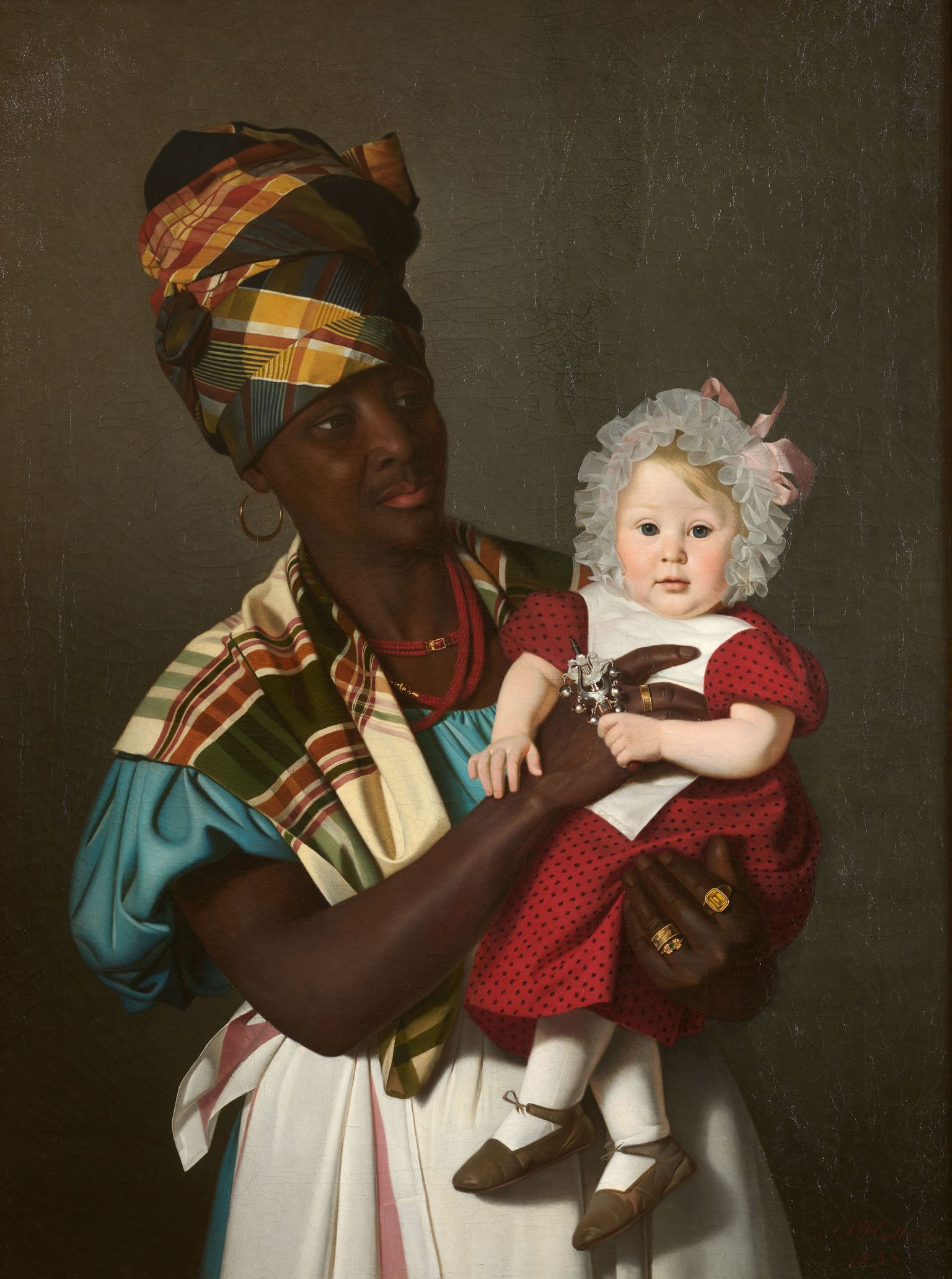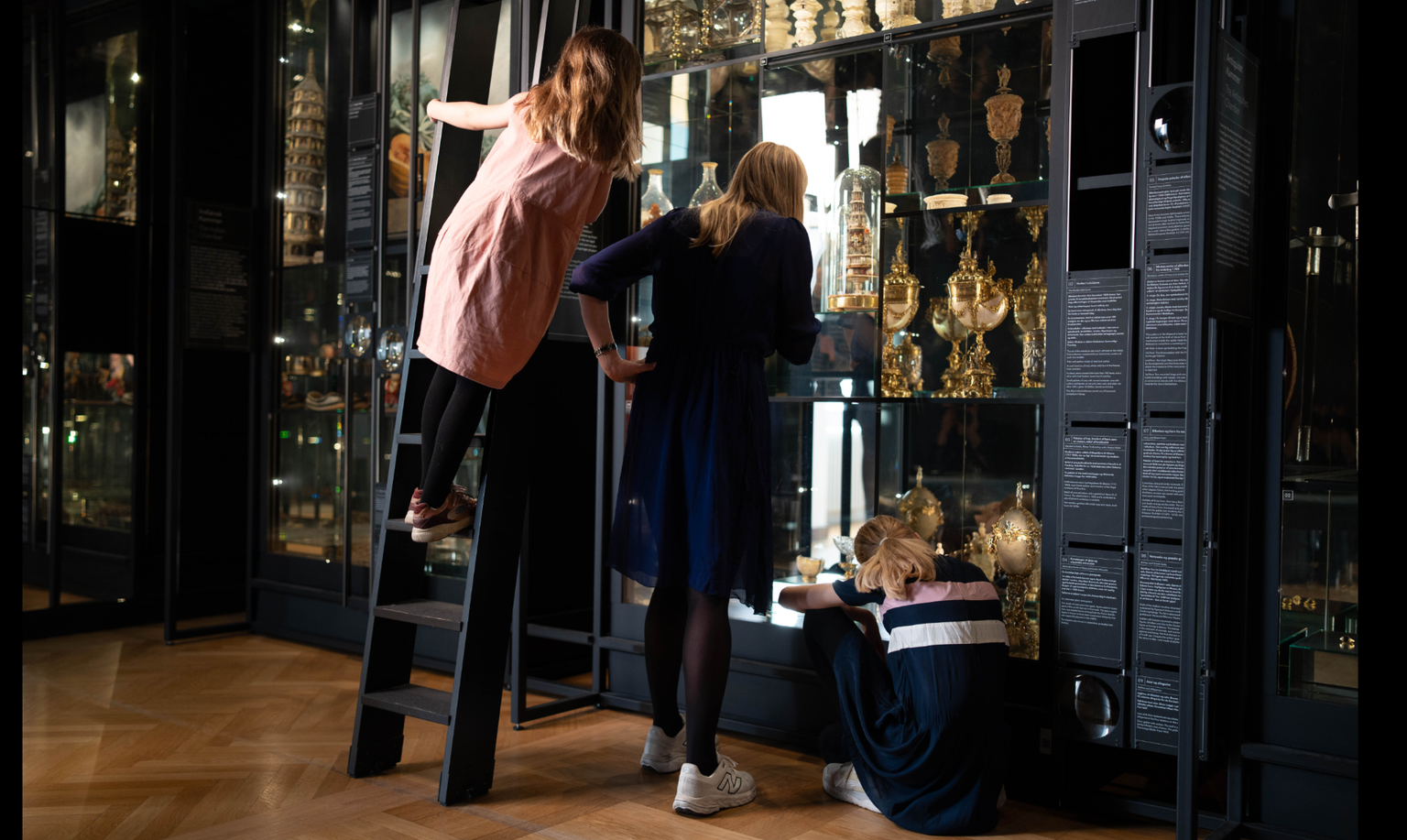1st floor - Rooms 125-131
Thousands of Africans ended their days as slaves on Danish sugar plantations in the West Indies. It is a dark chapter in the history of Denmark as a colonial power. But it is far from the whole story....
The exhibition “Voices from the Colonies” is about life in the Danish colonies. From the snow-covered Greenland to the warm Indian coast. You will meet some of the people who lived in and off the colonies. 34 voices speak of life in a Danish colony. There is the little boy Oly, who is torn from his mother's embrace, Catharina, who tries to seek justice through the courts against sexual assaults and floggings, Hans Egede's encounters with the Inuit and Danish traders who must ingratiate themselves with the Rajah in India.
Downfall in Denmark's colonial history
1.
It takes two to trade
King Pobi is at war with the great empire of Assante. The war is about control over the roads, access to the sea, the forts, and the ability to sell slaves. And the war provides him with prisoners of war, whom he sells as slaves. The Danish fort Fredensborg is located on Pobi's land, and he is happy to trade with the Danes. They buy his slaves and transport them to the Danish West Indies for a hard life in the sugar plantations.
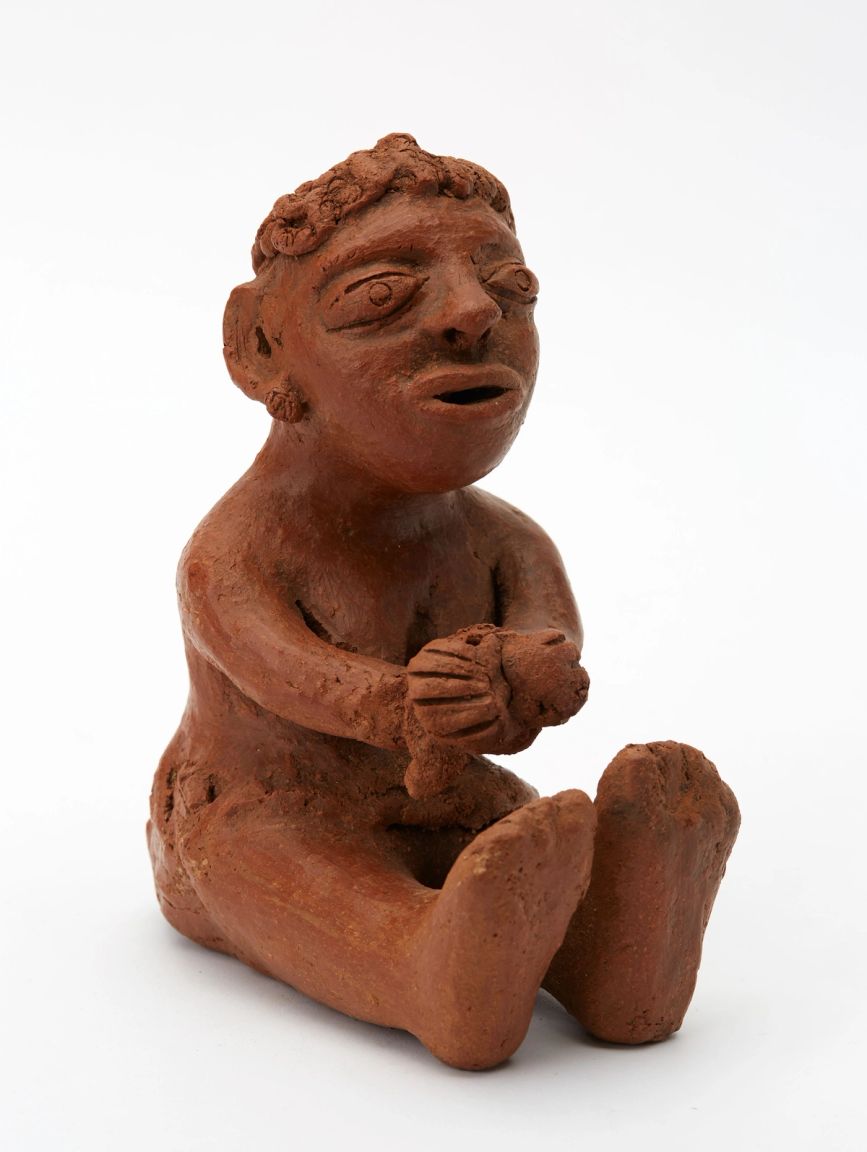
The figurines were created by the artists Marcelline Hounhouenou and Agathe Yaovi in 2017.
Image gallery

1 / 3
Oly never grew up
For Oly was captured and made a slave when he was 7-8 years old. He never had the religious celebration that many West African people use to mark the transition from child to adult. The dance costume here from the 1800s was used by the Pende people in Congo for transition rituals.

2 / 3
Caught, transported and sold
Oly is transported to St. Thomas in the Danish West Indies on a ship reeking of disease and death. A German missionary purchases the tearful boy and takes him back home to Germany.

3 / 3
Oly's final journey
In Germany, Oly learns about Christ and salvation. But who will save him now? Oly lies in bed. The fever rages in the little boy's body. In his feverish delirium, Oly returns to his village. To the embrace of his mother and father.
4.

Whip crack from the West Indies
No freedom, no rights
Tears are whipping down her cheeks. Anna Catherina seeks out her mother, for she is afraid of the master of the house. Once again, Baron Lucas de Bretton has assaulted her, for it is surely the Baron's right. Anna Catherina tries to seek justice through the courts, but in vain. A slave has no rights.

Whip crack from the West Indies
5.
Grandma was saved by the nanny
For a long time, a rebellion has been simmering. On an October night in 1878, it flares up. The workers rise against the white plantation owners on St. Croix. Little Nanna Arendrup is 5 years old, and the daughter of a plantation owner. She can probably hear the drums and the sound from the conch shells that the workers are blowing into. They are approaching the plantation. Nanna's black nanny acts quickly. She hides Nanna under the bed. At night, someone bangs angrily on the door, but they do not enter. The nanny lies: “The whites have fled.”
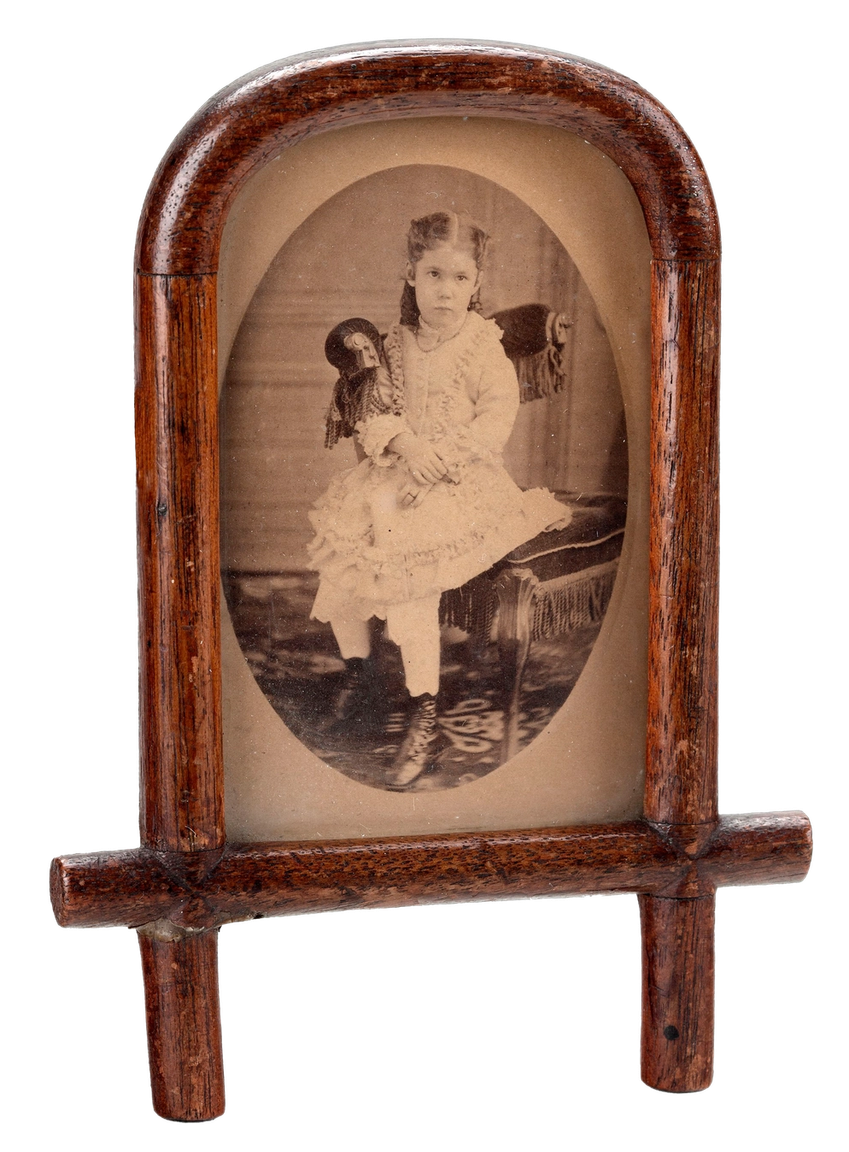
Framed photograph of Nanna Arendrup
7.
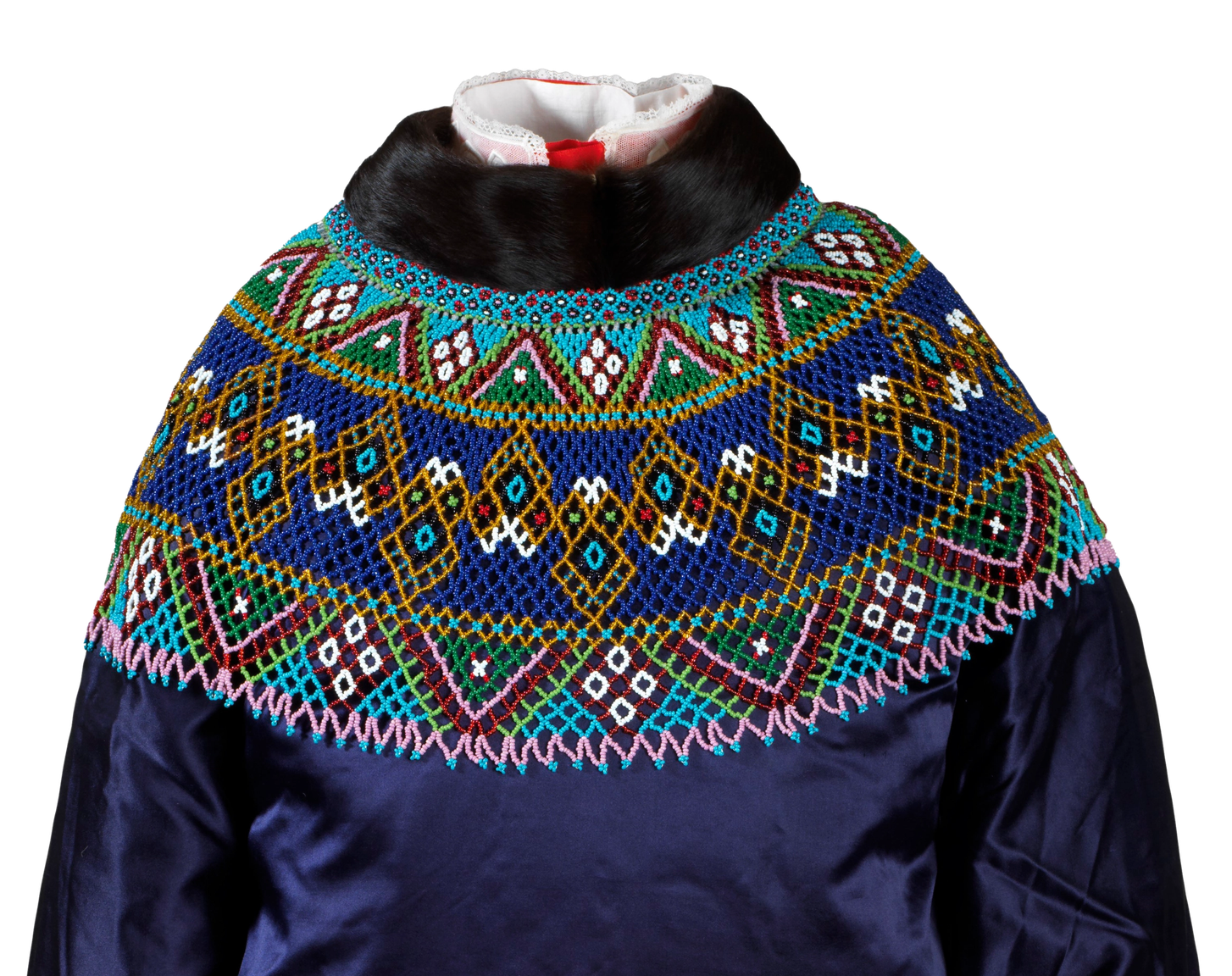
For the king, Christ, and coins
The mystery of the Norsemen drove Hans Egede to Greenland in 1721. No one had heard from the Danish-Icelandic people since 1410. The Norsemen had to be found and re-Christianized, for the king wanted to control the realm and its riches. But the Norsemen were gone. Instead, Hans Egede encountered another people, the Inuit. That meeting changed everything in Greenland. Today, 300 years later, we still see the traces of that encounter, for better or worse, in large and small ways. The small beads in the women's national costume first came to the country with European traders, so while some things were rejected, others live on in a new Greenlandic history.

8.
The Danes flattered and showered the Rajah with exotic gifts
Silk fabric, a horse, an elephant, and a European clock. Although the British have taken over power, it is the Rajah who must be appeased with gifts to secure the Danish trading post. In Tranquebar and Serampore, Indian traders, fishermen, and craftsmen live side by side with Danish officials and merchants. Today, several hundred years later, colonial buildings remain as a reminder of the cultural encounter.
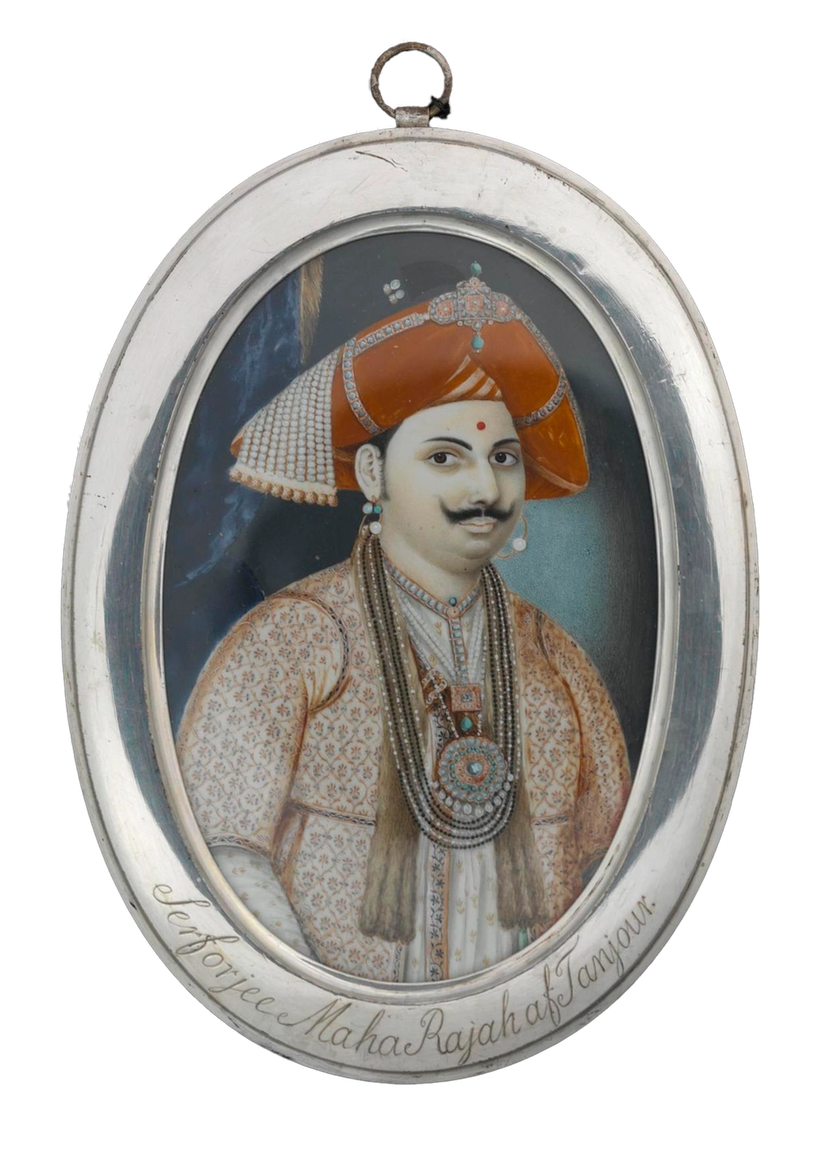
Portrait of Raja Serfoji II (1777-1832) donated to King Frederik VI (1768-1839). Photo: John Lee.
Closed today
Closed
Admission ticket
